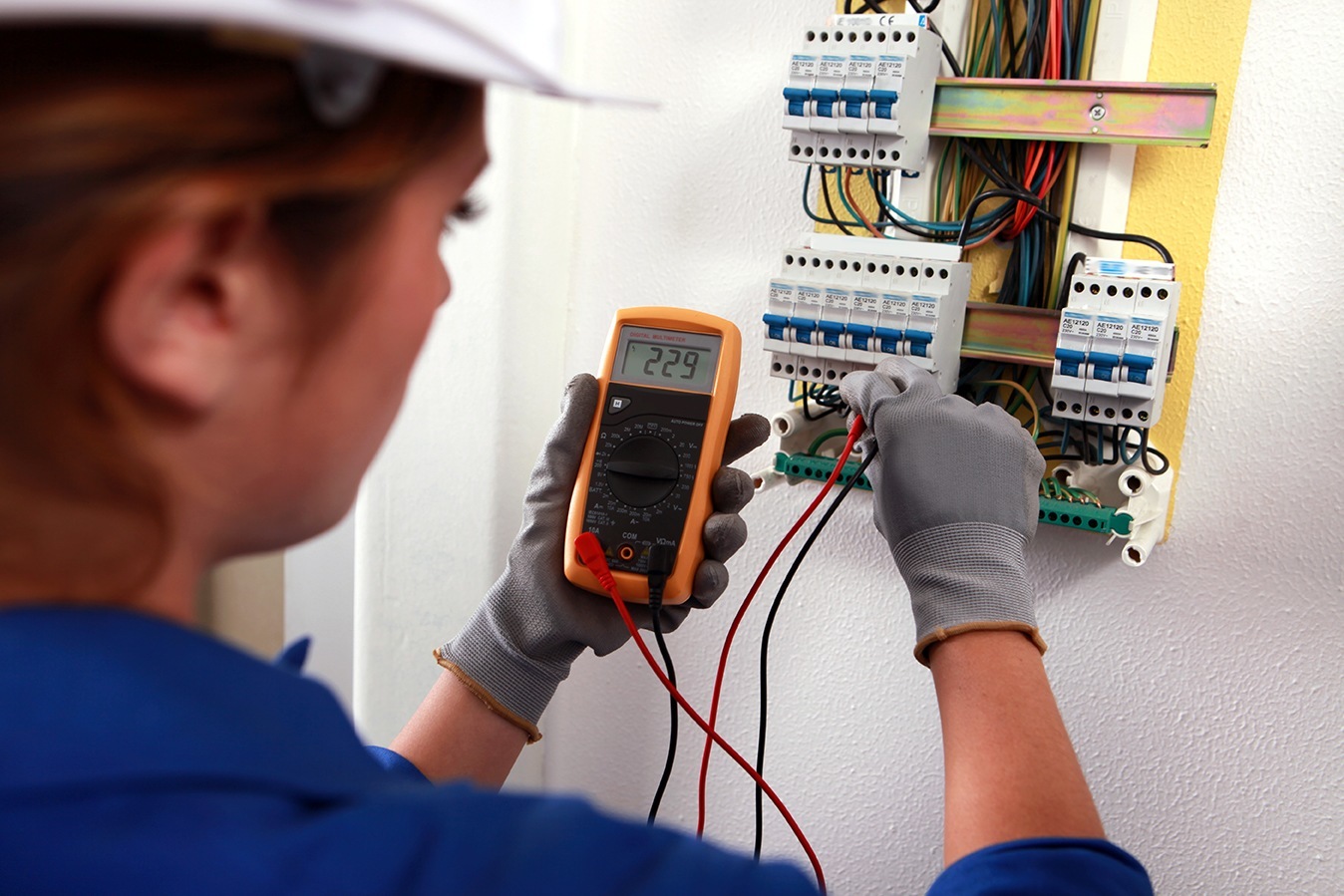Electrical Hazard Awareness
Electricity is the energy we depend on for our lives and for work. When electrical systems are installed and maintained properly, they are in a safe operating condition.
Question: When we are at work, which has the largest exposure to electrical hazards?
Answer: The workers who take electricity for granted and may not have an understanding of the hazards that can be produced.
Therefore, the non-electrical worker has the largest exposure to electrical hazards. OSHA requires that employers provide training to both electrical workers and non-electrical workers who can be exposed to electrical hazards.
Training For Electrical Hazard Safety
Correcting electrical hazards is among our most frequent recommendations on construction sites, maintenance shops, and in factories. Some of the hazardous conditions we observe are damaged or unsafe electrical cords, outlets, panels, and conduits.
What some consider simple jobs can have serious and potentially deadly exposures to electrical hazards. Here are some examples:
• Working around abandoned circuits that may still be energized
• Cutting or boring into concrete
• Using mobile equipment around overhead energized lines
• Penetrating drywall-covered walls and working in suspended ceiling areas
Besides the activities associated with the work listed above, tools and equipment also need to be inspected to ensure they are in a safe operating condition and free of electrical hazards. Employees learn about electrical safety in the workplace through training classes, but they practice safety based on the support and examples they receive from management. If your workplace has damaged cords, outlets, panels and conduit, workers may come to believe that they are expected to work with unsafe equipment. Ignoring unsafe work conditions or employee behavior is the same as giving approval. With constant reinforcement of safe electrical work practices, electrical safety will become part of your company’s culture.
Reinforcing Electrical Hazard Awareness
A simple example of constant reinforcement is increasing the focus on the use and condition of electric extension cords. In fact, one company instituted an inspection of the cords both before and after work. Crews and supervisors also monitored the conditions of cords throughout the day. If damage was found, the cord was immediately removed from service for repair or discarded if necessary. This company also prohibited driving or rolling over extension cords, reducing both the chances of injury due to shock, and property damage due to fires. These are great examples of constant reinforcement and safe work practices.
Be sure to discuss safe electrical practices with other workers and either correct or report any unsafe conditions or behaviors. Don’t look the other way if you see a problem. You might be the one to save another worker’s life.








